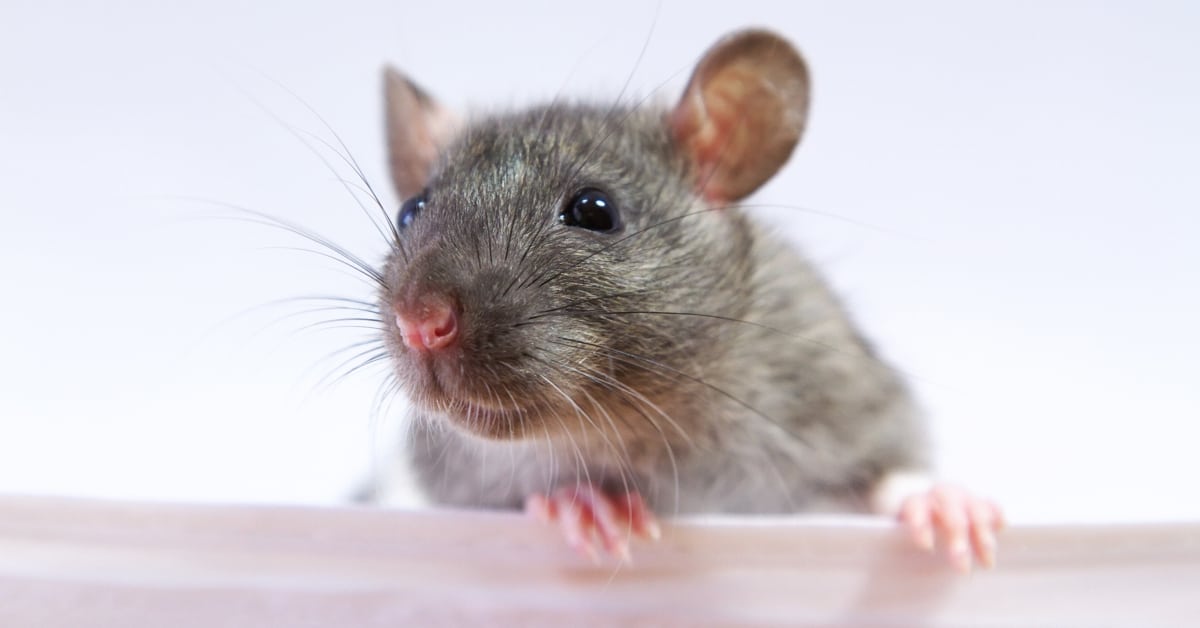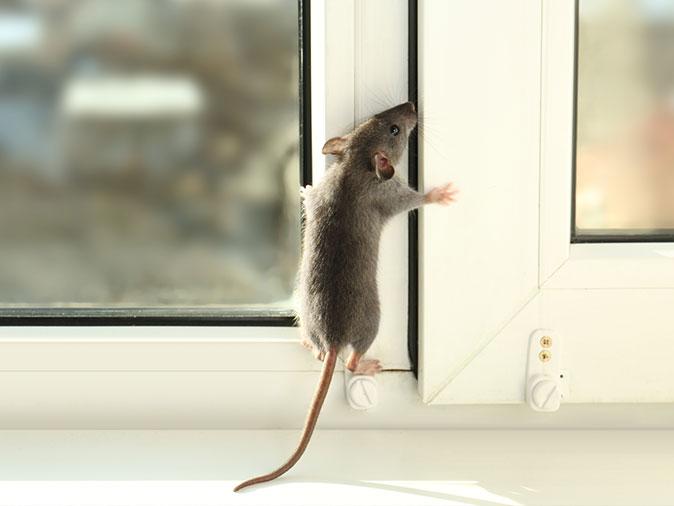Host's Pest Prevention Toolkit: Essential Strategies Uncovered
Share
Every homeowner dreads the moment they realize their home has become a haven for unwanted pests. Not only do pests pose health risks, but they can also cause significant damage to property. To combat this, developing a comprehensive host's pest prevention toolkit is crucial. This toolkit serves as a proactive measure to ensure your home remains pest-free year-round.
Understanding what constitutes a host's pest prevention toolkit is the first step. Essentially, it is a collection of strategies, tools, and knowledge designed to keep your living space free from pests. From regular inspections to employing advanced pest control technologies, this toolkit encompasses a wide range of practices tailored to protect your home.

Why Pest Prevention is Crucial
Pests are more than just a nuisance; they can severely impact your health and well-being. Common pests such as rodents, insects, and termites can contaminate food, spread diseases, and inflict structural damage. Implementing a host's pest prevention toolkit ensures that you are not only reacting to pest problems but actively preventing them.
Health Risks Associated with Pests
Pests are notorious for carrying pathogens that can lead to various illnesses. For instance, rodents are known to spread diseases like Hantavirus and Salmonella, while cockroaches can trigger asthma attacks and allergic reactions. By employing a robust pest prevention strategy, you are safeguarding your family's health.
Structural Damage and Financial Implications
Pests such as termites and carpenter ants can cause extensive damage to the structural integrity of your home. Repairing this damage often comes with a hefty price tag. A well-rounded pest prevention plan can save you from costly repairs and maintain the value of your property.
Key Components of a Host's Pest Prevention Toolkit
Creating an effective host's pest prevention toolkit involves several components that work in harmony to keep pests at bay.
Regular Inspections
Performing regular inspections is a cornerstone of any pest prevention strategy. By identifying potential entry points and signs of pest activity early, you can address issues before they escalate. For details on conducting effective inspections, check out our guide on Tech Enhanced Pest Inspections.
Sealing Entry Points
One of the simplest yet most effective ways to prevent pests is by sealing any potential entry points. This includes gaps around windows, doors, and utility lines. Our article on How to Seal Rodent Entry Points provides detailed instructions on how to secure your home.
Utilizing Technology
Modern technology offers innovative solutions for pest control. From smart traps to AI-driven monitoring systems, technology can significantly enhance your pest prevention efforts. For more information, explore our piece on AI for Rodent Control.
Advanced Pest Control Techniques
Beyond the basics, there are advanced techniques that can be incorporated into your pest prevention plan.
Remote Monitoring Systems
For those who travel frequently or manage multiple properties, remote monitoring systems offer peace of mind. These systems alert you to pest activity in real-time, allowing for swift action. Learn how to implement these systems in our article on Remote Pest Monitoring.
Pest Risk Assessment
Understanding the pest risk zones specific to your area can help tailor your prevention strategies. Our article on Pest Risk Zones offers insights into regional pest threats and how to address them.
Partnering with Professionals
While DIY pest control measures are effective, partnering with professional pest control services can offer additional protection. Professionals have access to specialized equipment and treatments that can effectively address severe infestations.
Choosing the Right Pest Control Service
When selecting a pest control service, consider their reputation, experience, and the range of services they offer. A reputable service will provide customized solutions that align with your pest prevention goals. For more guidance, visit How to Prevent Pests in Your Airbnb.
Regular Maintenance and Follow-Ups
Regular maintenance and follow-up treatments are essential to ensure long-term pest prevention. Professional services often offer maintenance plans that include scheduled inspections and treatments, providing ongoing protection.
Conclusion
In conclusion, a host's pest prevention toolkit is an invaluable asset for any homeowner. By combining proactive measures, advanced technologies, and professional expertise, you can effectively protect your home from pests. Remember, prevention is always better than cure.
For more information on maintaining a pest-free environment, consider exploring external resources such as Pest Infestation Prevention.

FAQ
What is a host's pest prevention toolkit?
A host's pest prevention toolkit is a comprehensive collection of tools, strategies, and knowledge aimed at keeping a home free from pests. It includes regular inspections, sealing entry points, and utilizing technology, among other techniques.
How often should I inspect my home for pests?
It is advisable to conduct inspections at least quarterly. However, if you live in an area prone to specific pests, more frequent inspections may be necessary.
Can technology really help in pest prevention?
Yes, modern technology offers innovative solutions such as smart traps and AI-driven monitoring systems that enhance pest prevention efforts by providing real-time alerts and data analysis.
